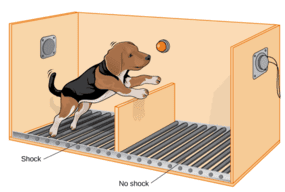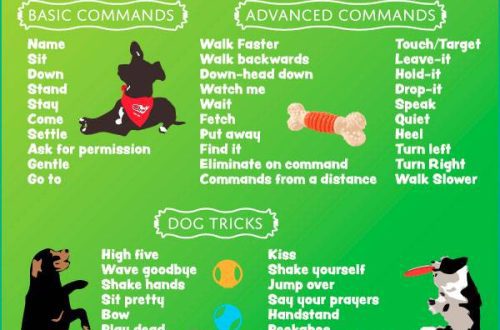
Learned helplessness in dogs
Surely each of us has heard the term “learned helplessness”. But not everyone knows exactly what this term means. What is learned helplessness and can it develop in dogs?
Contents
What is learned helplessness and does it happen in dogs?
The term “learned helplessness”was introduced by the American psychologist Martin Seligman in the 60s of the twentieth century. And he did this on the basis of an experiment with dogs, so that for the first time learned helplessness, one might say, was officially registered in dogs.
The essence of the experiment was as follows.
The dogs were divided into 3 groups and placed in cages. Wherein:
- The first group of dogs received electric shocks, but could influence the situation: press the lever and stop the execution.
- The second group of dogs received electric shocks, however, unlike the first, they could not avoid them in any way.
- The third group of dogs did not suffer from electric shocks – this was the control group.
The next day, the experiment was continued, but the dogs were not placed in a closed cage, but in a box with low sides that could easily be jumped over. And again began to give discharges of current. In fact, any dog could immediately avoid them by jumping out of the danger zone.
However, the following happened.
- Dogs from the first group, which had the ability to stop the current by pressing the lever, immediately jumped out of the box.
- The dogs from the third group also immediately jumped out.
- Dogs from the second group behaved curiously. They first rushed around the box, and then just lay down on the floor, whined and endured more and more powerful discharges.
Worse still, if the dogs in the second group accidentally jumped out but were placed back in the box, they could not repeat the action that helped them avoid pain.
It is what Seligman called “learned helplessness” that happened to the dogs in the second group.
Learned helplessness is formed when the being cannot control the presentation of aversive (unpleasant, painful) stimuli.. In this case, it stops any attempts to change the situation and find a solution.
Why is learned helplessness dangerous in dogs?
Some cynologists and owners who use harsh methods of education and training, based on the use of violence, form learned helplessness in dogs. At first glance, this may seem convenient: such a dog will most likely obey unquestioningly and will not try to show defiance and “say its own opinion.” However, she will also not show initiative, lose confidence in a person and will show herself very weakly where it is necessary to find a solution on her own.
The state of learned helplessness is also dangerous for the health of the dog. It causes the development of chronic stress and related psychological and physiological problems.
For example, Madlon Visintainer, in her experiments with rats, found that 73% of rats that had learned helplessness died of cancer (Visintainer et al., 1982).
How is learned helplessness formed and how to avoid it?
The formation of learned helplessness can occur in the following cases:
- Lack of clear rules.
- Constant pulling and discontent of the owner.
- Unpredictable consequences.
You can learn how to educate and train dogs in a humane way, without negative consequences for their health and psychological well-being, using our video courses.





